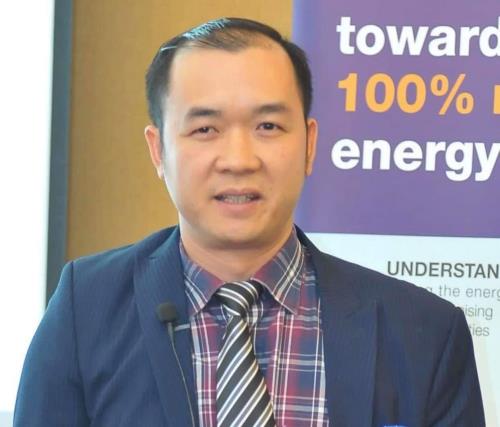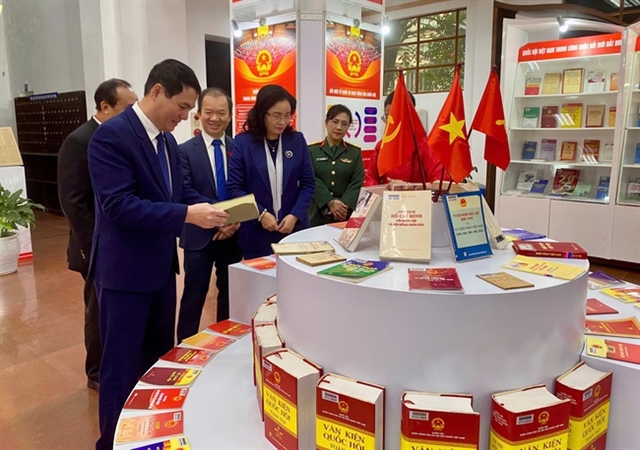 Economy
Economy


|
| Nguyễn Mạnh Cường, an official from the Institute of Energy’s Department of Electrical System Development under the Ministry of Industry and Trade. |
Nguyễn Mạnh Cường, an official from the Institute of Energy’s Department of Electrical System Development under the Ministry of Industry and Trade, spoke with Vietnam News Agency about the implementation of the national power development master plan in 2021-2030 (or Power Development Master Plan 8).
Prime Minister Nguyễn Xuân Phúc has assigned the Ministry of Industry and Trade to formulate the master plan for energy and power development in the 2021-2030 period. Could you tell us about the implementation of the draft scheme on the master plan?
The Government has approved the scheme for power development master plan 8, which was submitted by the ministry. The ministry is still awaiting the official decision signed by the Government.
The deadline for completing the power development master plan 8 is June 2020. Thus, the ministry has actively implemented this issue.
The construction of power development master plan 8 is complex. The ministry must calculate the power load forecasting, as well as collect the socio-economic data and economic growth forecasts from the Ministry of Planning and Investment.
Based on that, the ministry will calculate the power source, including wind power, coal power, and renewable energy and its development to suit the national economy.
Are there any differences between power development master plan 8 and master plans of previous years?
The power development master plan will be different from previous versions. Master plans 6 and 7, including the amended one, still rely heavily on traditional power sources such as hydropower, thermal power, and gas turbines. The master plan 8 will be the electricity plan of the renewable energy era.
Solar and wind power are largely determined by the weather. At the same time, we must ensure that there is no interruption in supplying electricity. As a result, the power development master plan 8 will be different.
Normally, there are 1,780 hours of sunlight a year, so we are building a mechanism to use technology to make it more effective.
How will the power development master plan 8 attract investment in the construction of power sources and power grids?
In master plan 8, we will include the assumption that future investment costs of different types of energy will reduce. Based on that, we will calculate the amount of investment.
Regarding investment attraction, the power grid will apply the Electricity Law while the transmission grid will belong to the transmission company.
A mechanism is needed to attract investment.
We will calculate the total capacity of the country’s power production from all resources. Businesses will base investment decisions on that.
We will have a chapter of the master plan to introduce policies on capital, bidding, and transmission grids for power projects.
Hopefully, the first draft will be introduced in June 2020.
Currently, hydro-electric sources have been overexploited and coal and gas thermal power have faced difficulties in the supply of fossil fuels. In your opinion, what is the electricity supply in master plan 8? Is nuclear power included?
In terms of electricity supply, we can import electricity from Laos and the South of China. These are significant sources of supply for Việt Nam.
In terms of renewable energy, the industrial development policy is quite important. We need to develop the industry using less electricity but generating more gross domestic product (GDP).
Currently, we are focusing on heavy industry such as steel and cement. Most of the solar power plants do not have the capacity to power large industries.
The percentage of renewable energy in the total electricity structure that the ministry is studying is 10, 20, 50 and even 80 in the future. The specific ratio is still being calculated by the Energy Institute.
The ratio will be announced in the first draft of the master plan in June 2020. Opinions from experts will be collected.
In terms of nuclear power, this is a stable source with large capacity and affordable cost. However, there are still many concerns about safety and pollution. We will consider this kind of source.
The power development master plan will promote the development of renewable energy as it protects the environment and has become cheaper in investment costs. — VNS




